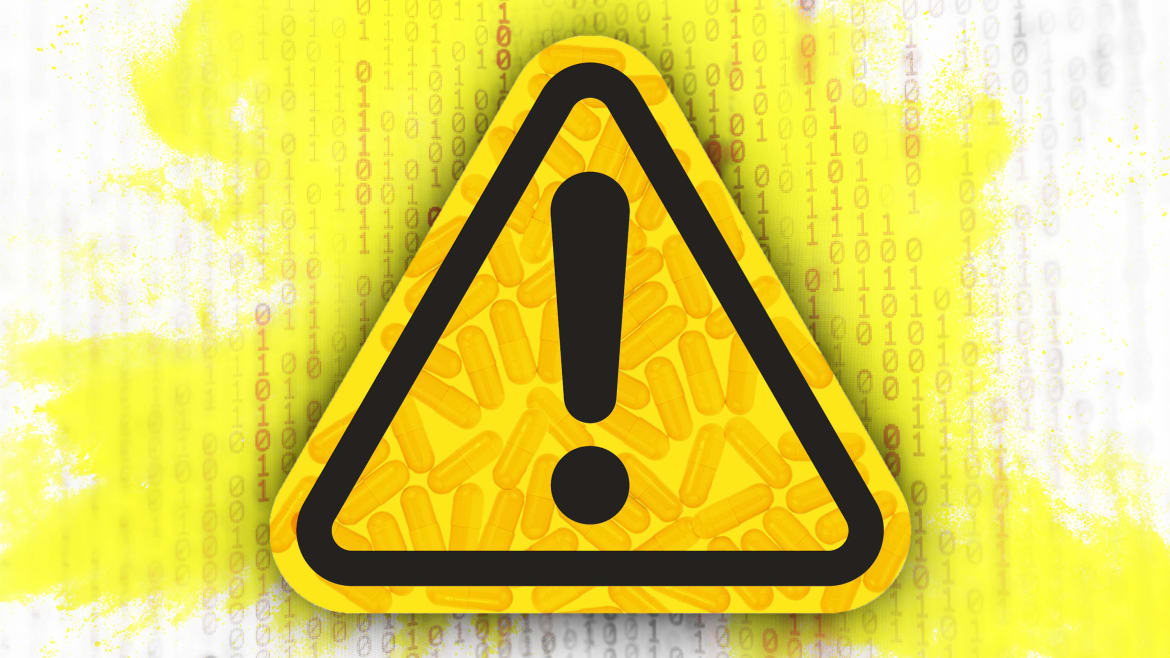The Deadly Internet Diet Drug That Cooks People Alive

In 1915, French workers in factories near Avignon and Marseille were filling artillery shells with a yellow powder called 2,4-dinitrophenol, or DNP. It was World War I and the French military wanted an explosive that could pierce the sides of ships and other armor. Trinitrophenol, also known as picric acid, had been the chemical of choice, but it was very sensitive, making the shells it filled too unstable. Mixing it with DNP solved that problem.
But soon after DNP entered the factories, several munitions workers began mysteriously losing weight. They were often very sweaty. The strange trend quickly grew alarming. The employees became weak and developed intestinal pain, followed by diarrhea. Their condition worsened even after they left work. Their skin turned yellow. Their pupils contracted. They suffered from a “burning thirst,” as one report later described it. And then there were the fevers—most rose to 104 degrees Fahrenheit, but many exceeded 106 F, even 109. They became confused and agitated. They fell unconscious and died within hours, rigor mortis setting in eerily fast.
One hundred years later, in London, England, Bernard Rebelo was making a small fortune online thanks to DNP. The process was simple: order bulk quantities of the chemical, now used as a fertilizer, from overseas; seal small amounts inside capsules inside his apartment in the northwest part of the city; and ship them off to whoever ordered them through the websites he’d created. A 53-pound drum of the powder cost him just $450 and earned him about $260,000, according to one report. And the money was certain to last. There would always be people who wanted DNP. He knew that none of his customers were really interested in fertilizer. They were after something else.
